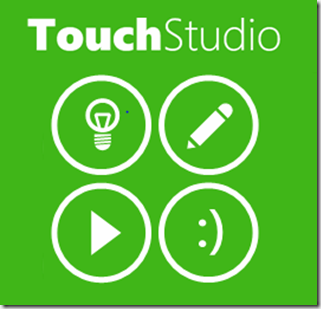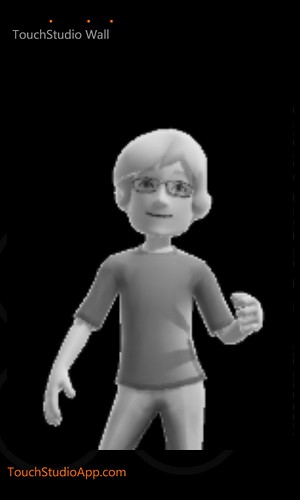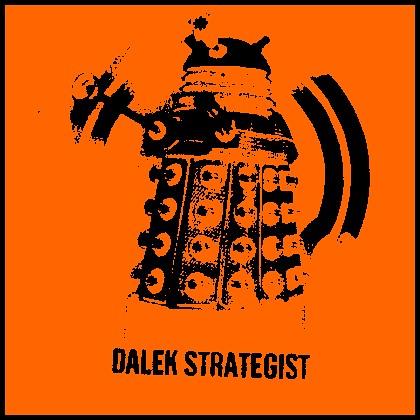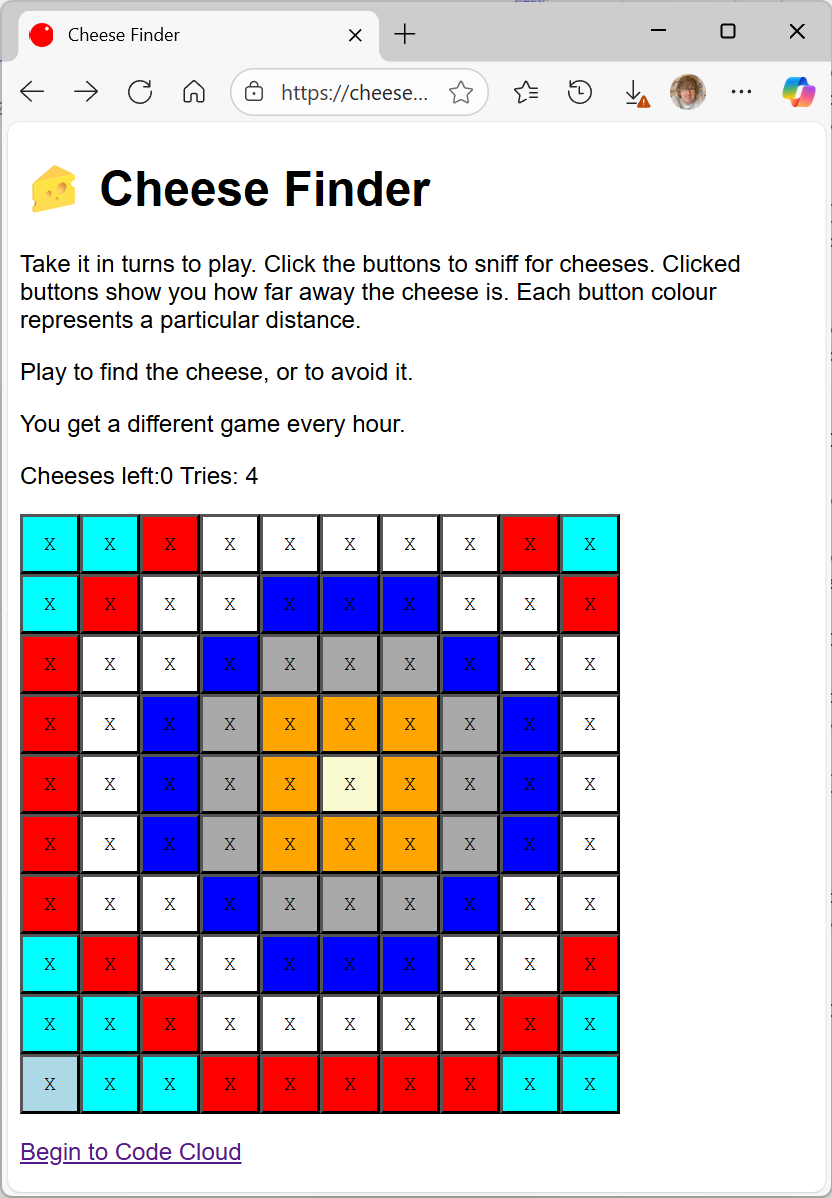TouchStudio for Windows Phone
/If you want to create programs on your Windows Phone 7 device you can of course use the delightful Iron7 implementation of Ruby. This works startlingly well, but using it you are painfully reminded of the fact that mobile phones are best suited for consuming programs, not creating them.
TouchStudio is a project from Microsoft Research that aims to change that a bit. It has been designed from the ground up to work with a touch interface, rather than in spite of it. The commands and the syntax of the language have been created to make it easy and engaging to write applications for the phone, on the phone. There is a nice paper that sets out how it works here here and the project web site here. If you search Windows Phone Marketplace for TouchStudio you can download the latest version for free.
The programming model is easy to pick up, although the language syntax is different from ones you might have seen before. I don’t see this as a bad thing actually, I reckon that programmers should be used to the idea of using different types of language. What makes it stand out for me is the ease with which you can create stuff, and the level of integration they have with the phone. You can work with pictures, maps, music and even set up phone calls from within the language. The web integration is very good, in around 10 minutes I had a program that would fetch my Xbox avatar, convert it to black and white, display it and then save it as a picture on my phone:
I need to do a bit of scaling and tidying up, but the program itself is simple enough:
action AvatarDisplay() : Nothing {
pic := web->download_picture('http://avatar.xboxlive.com/avatar/rob the bloke/avatar-body.png');
pic->desaturate;
pic->post_to_wall;
wall->screenshot->save_to_library;
}
There are also a bunch of built in programs that play games or even do some simple image processing. This is what one of “\themify Picture” did to one of my photos:
If you want to while away some time with your phone and actually achieve something fun and maybe even useful, you should grab a copy and have a play.










